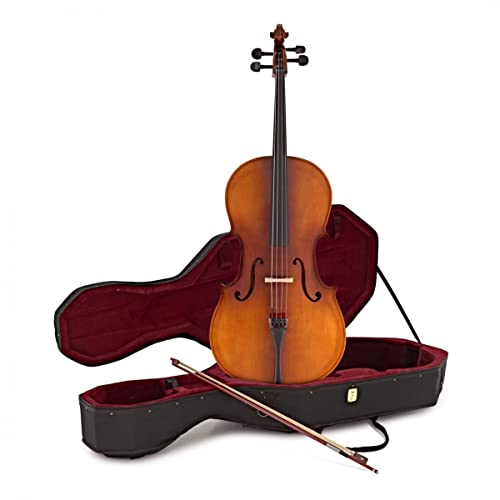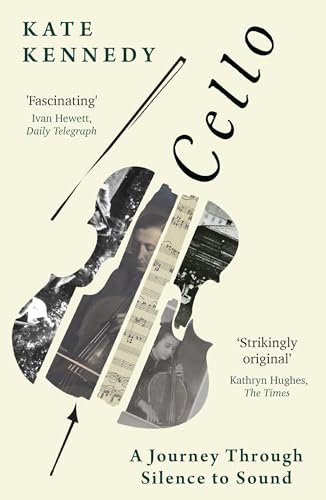The Advantages of Using Gut Strings for Cellists
Gut strings have been used on stringed instruments such as cellos for centuries. While many modern cellists choose to use synthetic or metal core strings, there are still advantages to using gut strings for those seeking a more traditional sound. Here are five reasons why:
Warmth and Complexity of Tone
Gut strings produce a warmer, more complex tone than synthetic or metal core strings. This is due to the natural materials used to make gut strings, which provide a rich and organic sound. Gut strings also allow for a wider range of dynamics and nuance in a cellist’s playing, allowing for greater emotional expression in their music.
Increased Responsiveness
Gut strings are more responsive to the player’s touch than synthetic or metal core strings. This means that a cellist can produce a wider range of tones and dynamics with less effort, allowing for greater control over their playing. Gut strings also provide greater feedback to the player, allowing them to adjust their technique and refine their sound.
Better for Baroque and Classical Music
Gut strings are the traditional choice for baroque and classical music, as they replicate the sound of the strings used during those periods. Many cellists who specialize in early music choose gut strings for their authentic sound and feel. Gut strings can also be used for modern music, but may not be as well-suited for certain genres such as heavy metal or rock.
Longer Lifespan
While gut strings may be more expensive than synthetic or metal core strings, they often last longer. With proper care and maintenance, gut strings can last for several months or even years. This can make them a more cost-effective choice in the long run, especially for professional or serious amateur cellists who play frequently.
Cultural Significance
Gut strings have played an important role in the history of classical music, and many cellists feel a connection to that heritage by using gut strings. There is also a sense of camaraderie and community among cellists who use gut strings, as they share a common appreciation for the traditional sound and feel of these strings.






